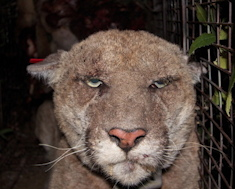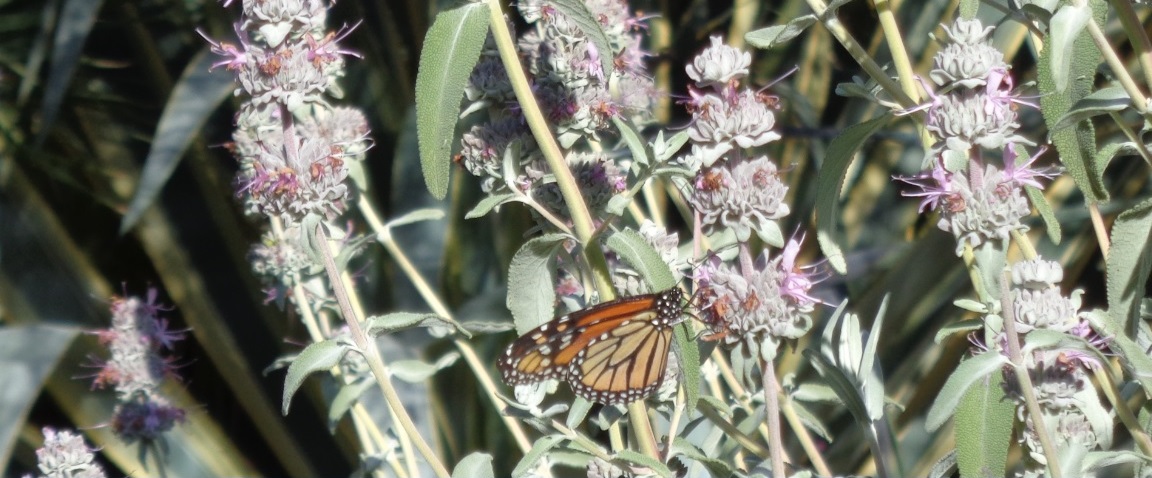The Challenge of 1st Generation Anticoagulant Rodent Poisons
Joel & Kian Schulman
Our article in the July newsletter Debunking Bait Exterminator's Claims discussed the two types of anticoagulant rodent poisons (ARs) – 1st and 2nd generation – and showed where the 2nd generation ARs are to be found. The 2nd generation ARs are so dangerous to wildlife they were banned for consumer use as of July 2014 but can still be used by pest control companies. However, the 1st generation poisons, especially diphacinone, are still very toxic. Here we discuss the challenge of the still legally available to consumers 1st generation ARs.
Here is a typical product with label showing diphacinone. The red arrow at the bottom right points to this active ingredient.

1st generation diphacinone is FAR more abundant than 2nd generation ARs. The California Department of Pesticide Regulation reports1 that about three times as much diphacinone is sold per year compared to all of the 2nd generation ARs combined.
The famous Griffith Park mountain, P-22, was found sick from poison in April 2014. The National Park Service statement identified diphacinone as the main culprit.

In fact, a UCLA scientist has found that diphacinone was the main agent in her study of rodent poisons in bobcats in Southern California. Dr. Laurel Serieys’s blog at www.urbancarnivores.com/laurels-blog informs us that diphacinone, was found in 77% of the blood of bobcats who had been poisoned.
One of the reasons that the harm done by diphacinone has recently become more apparent is that studies of poisoned animals had been mostly based on analyzing the livers of deceased animals. This may have underestimated the effects of diphacinone because it does not last as long as the 2nd generation ARs in the liver. Blood samples of living and dead animals by contrast show much more diphacinone and may be a more accurate snapshop of the presence of poisons in the animal’s system.
The growing problem of diphacinone has begun to be widely appreciated. This is why in October 2014 the California Coastal Commission and Los Angeles County passed the Santa Monica Local Coastal Plan banning ALL (1st & 2nd generation ARs, including diphacinone) from the unincorporated areas of the Santa Monica Mountains Coastal Zone.3
This is also why nine local cities to date - Malibu, Calabasas, Agoura Hills, Hidden Hills, Westlake Village, Thousand Oaks, Simi Valley, Moorpark, and Ojai have passed resolutions opposing ALL anticoagulant rodenticides, both 1st and 2nd generation, and banning their use on city property.
Diphacinone is commonly used to control ground squirrels. However, there are excellent non-poison traps that are very effective. For example, a trap that has good reviews is the “Squirrelinator”, squirrelinator.com. We have also noticed that ground squirrels are abundant when trash is not cleaned up and where conducive habitat is available to construct their tunnel homes.
What can be done about the 1st generation ARs? Please, when you see it being used in stores let the management know the dangers and ask them to remove it. You may want to print out information from our website, poisonfreemalibu.org, particularly the handout.
We are now working to extend the 2nd generation ban to the 1st generation poisons statewide. When the time comes, input from the public to state officials will be important in getting such a ban through. Please email us at poisonfreemalibu@gmail.com if you would like to keep up with this issue and be informed of developments.
1www.cdpr.ca.gov/docs/registration/reevaluation/chemicals/brodifacoum_final_assess.pdf, see Table 14.


